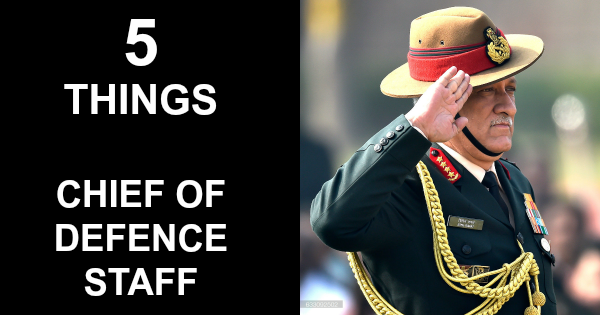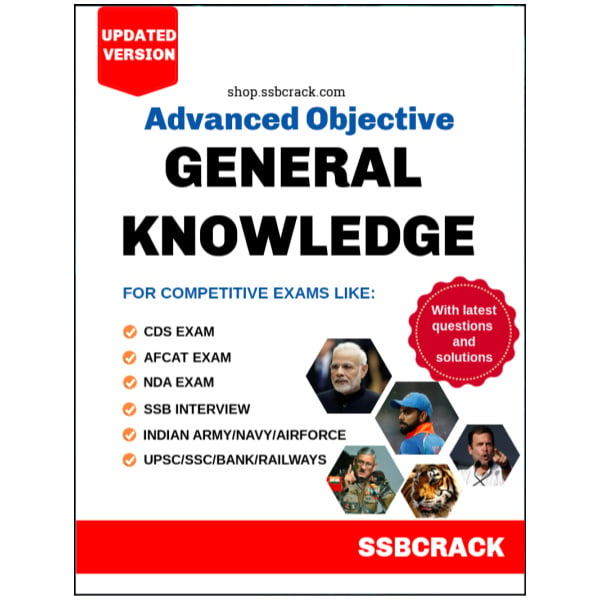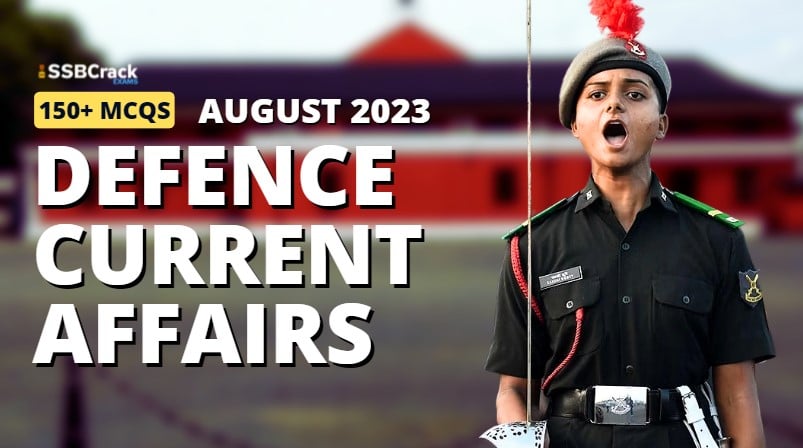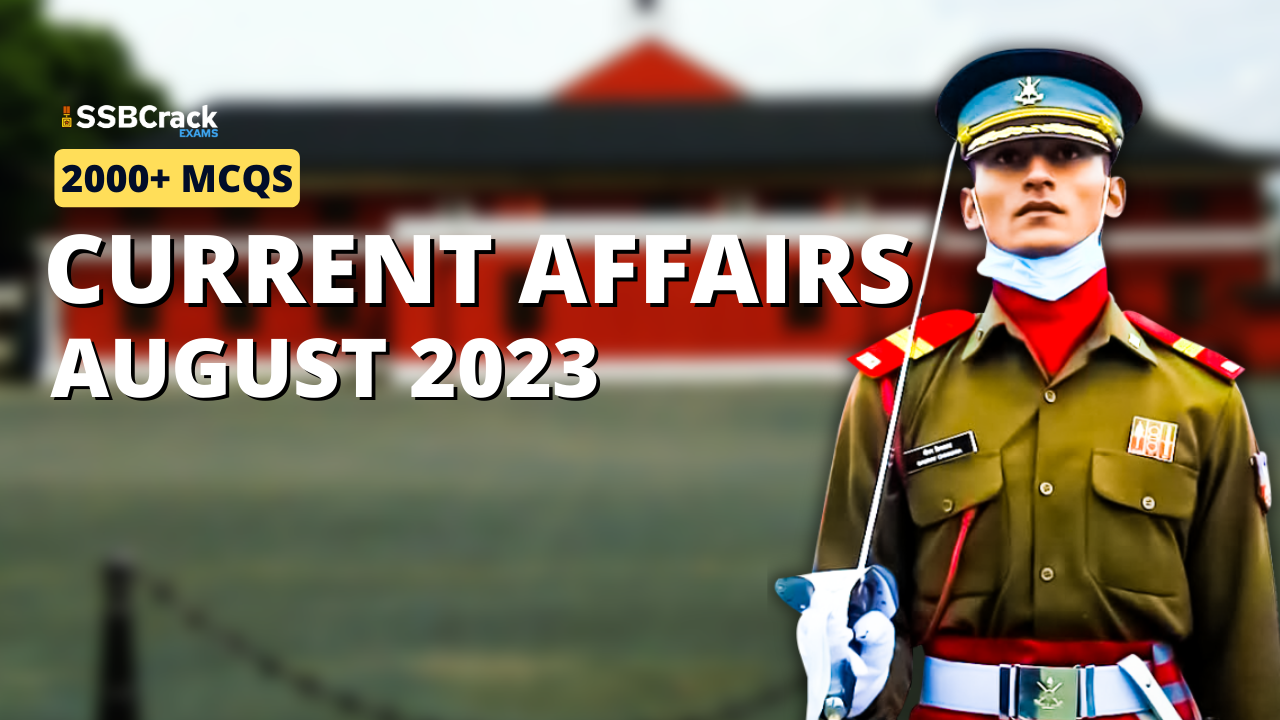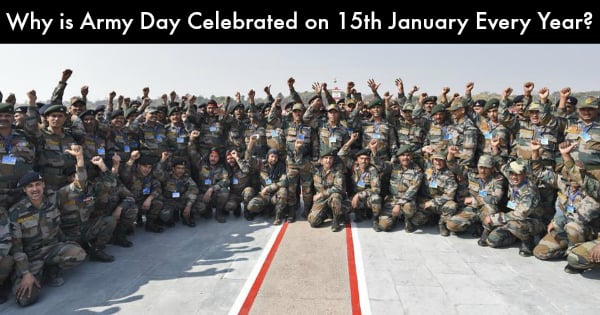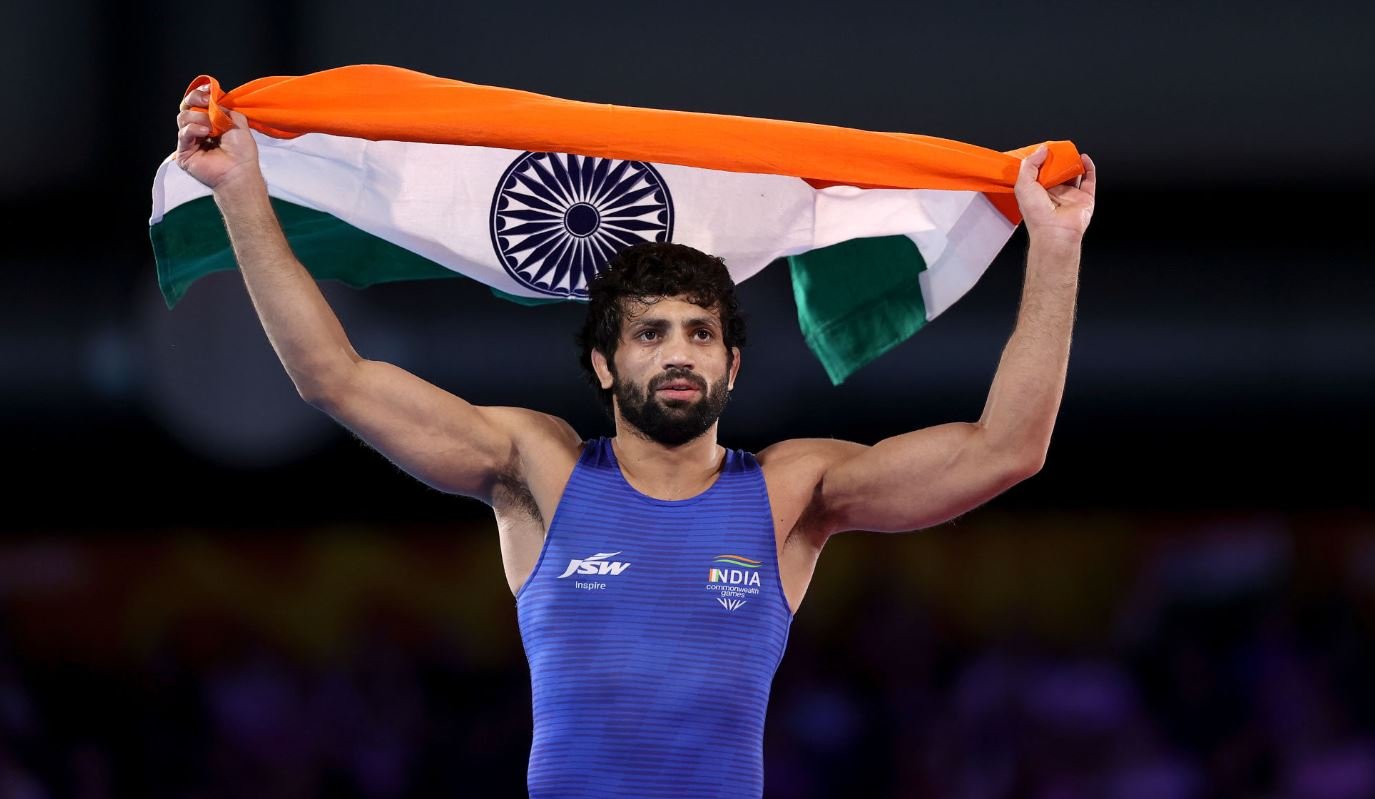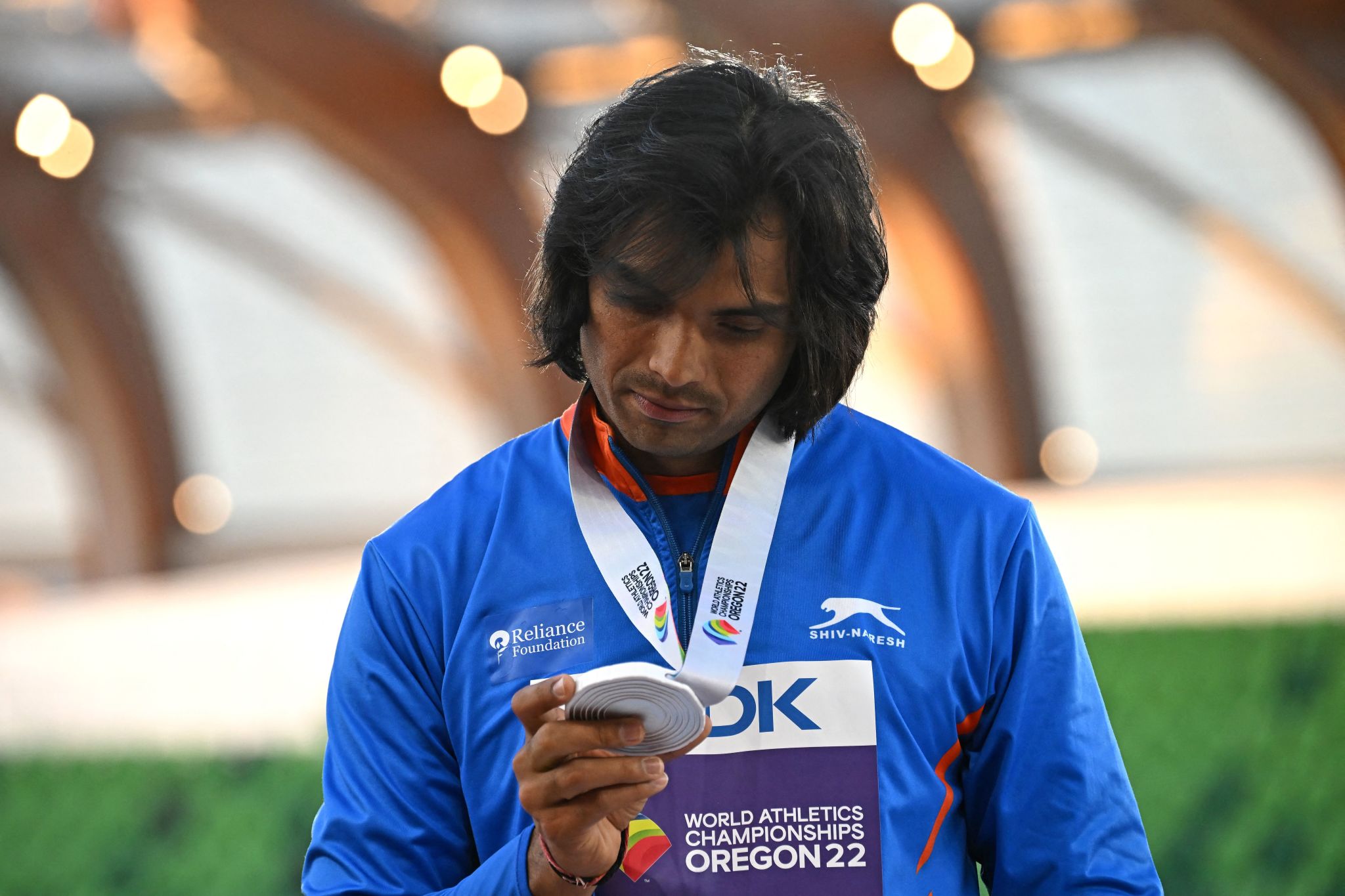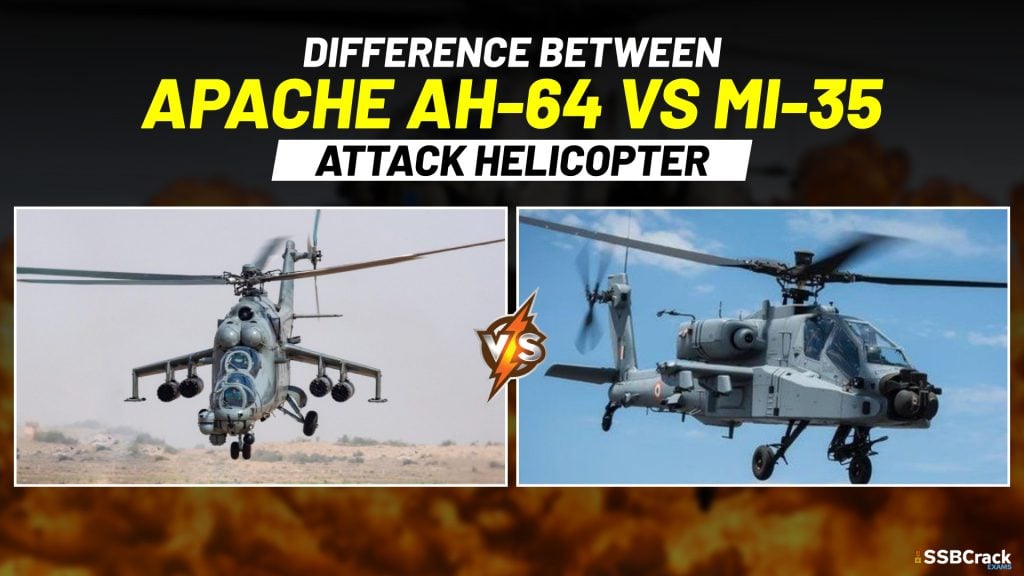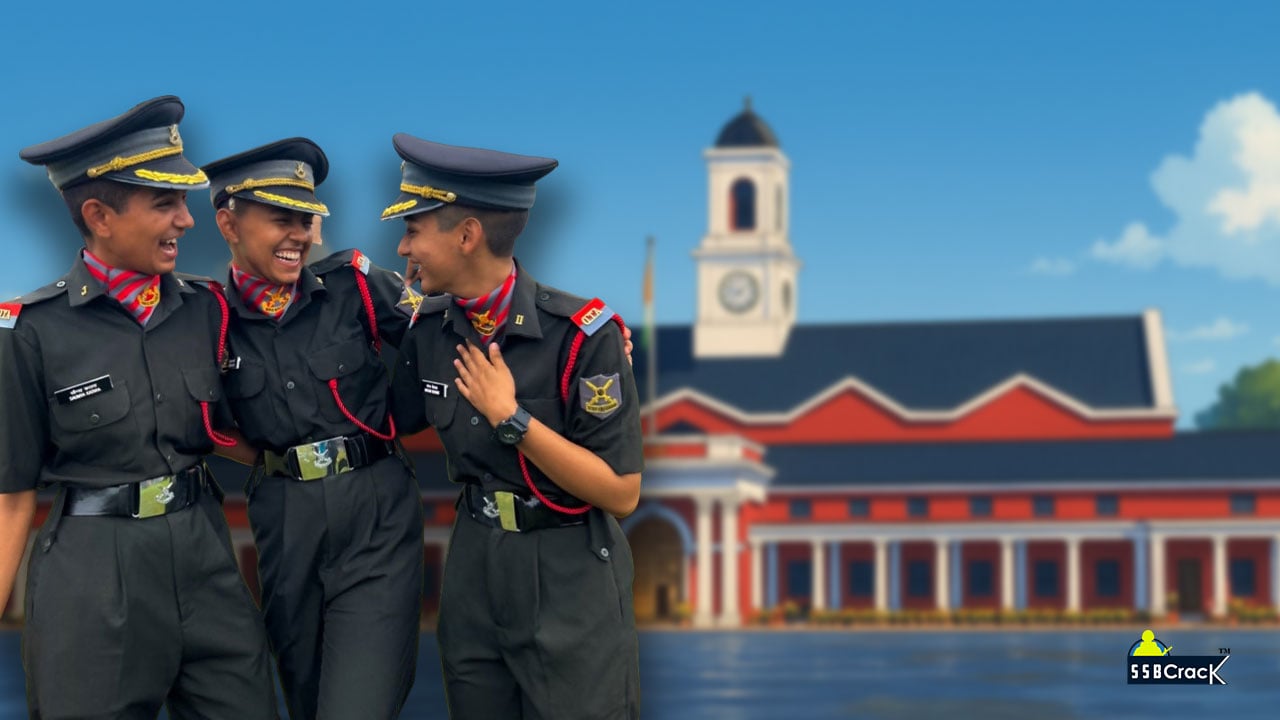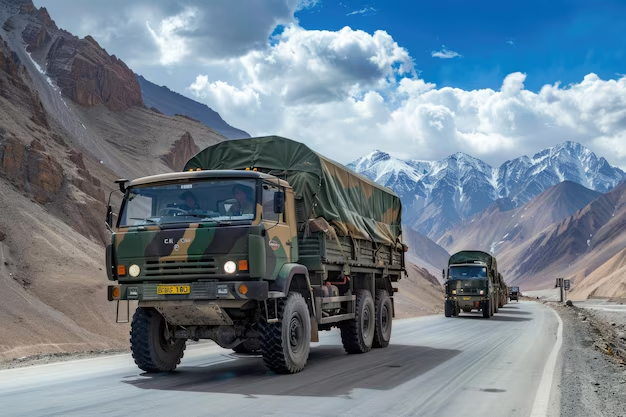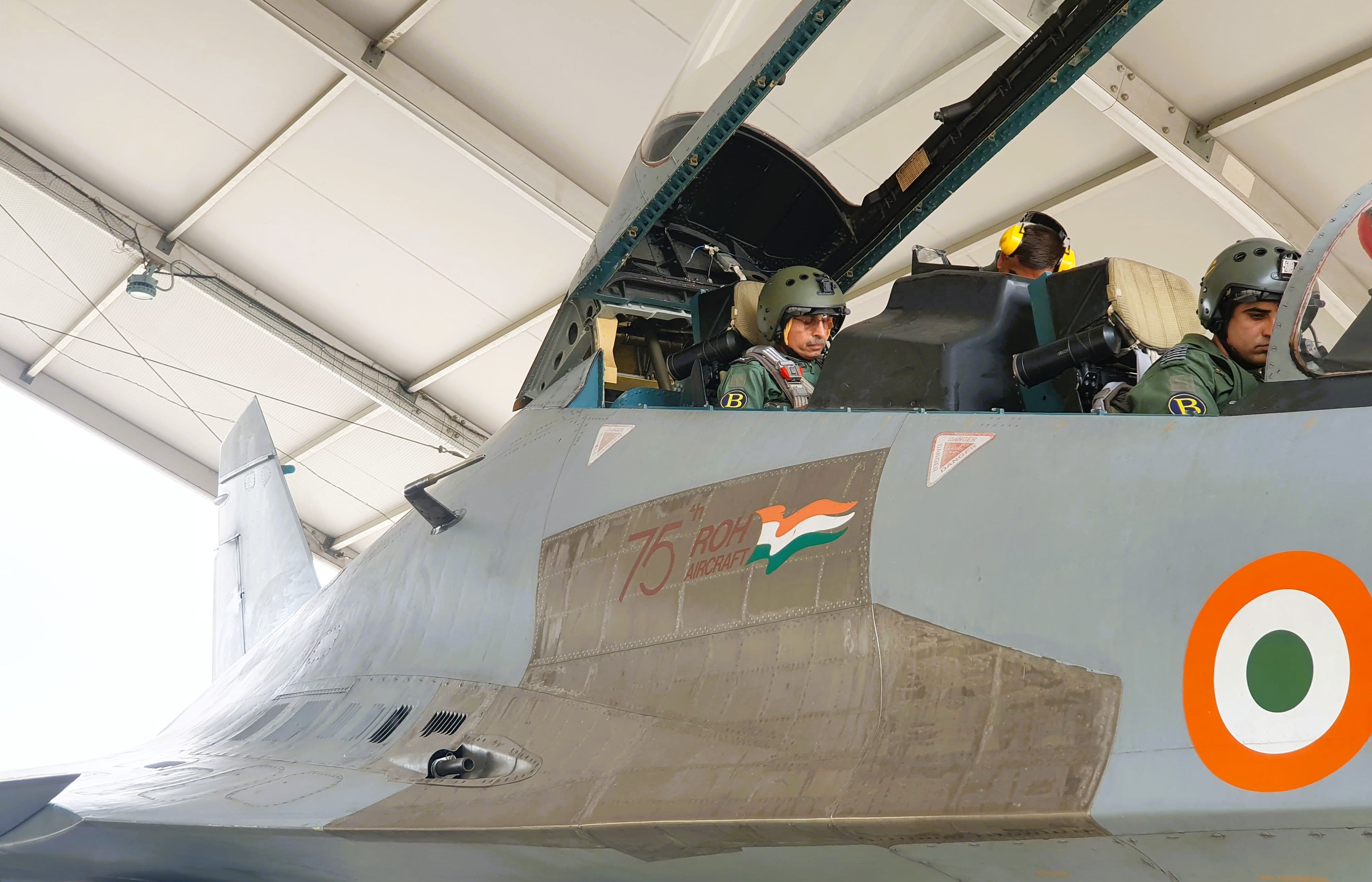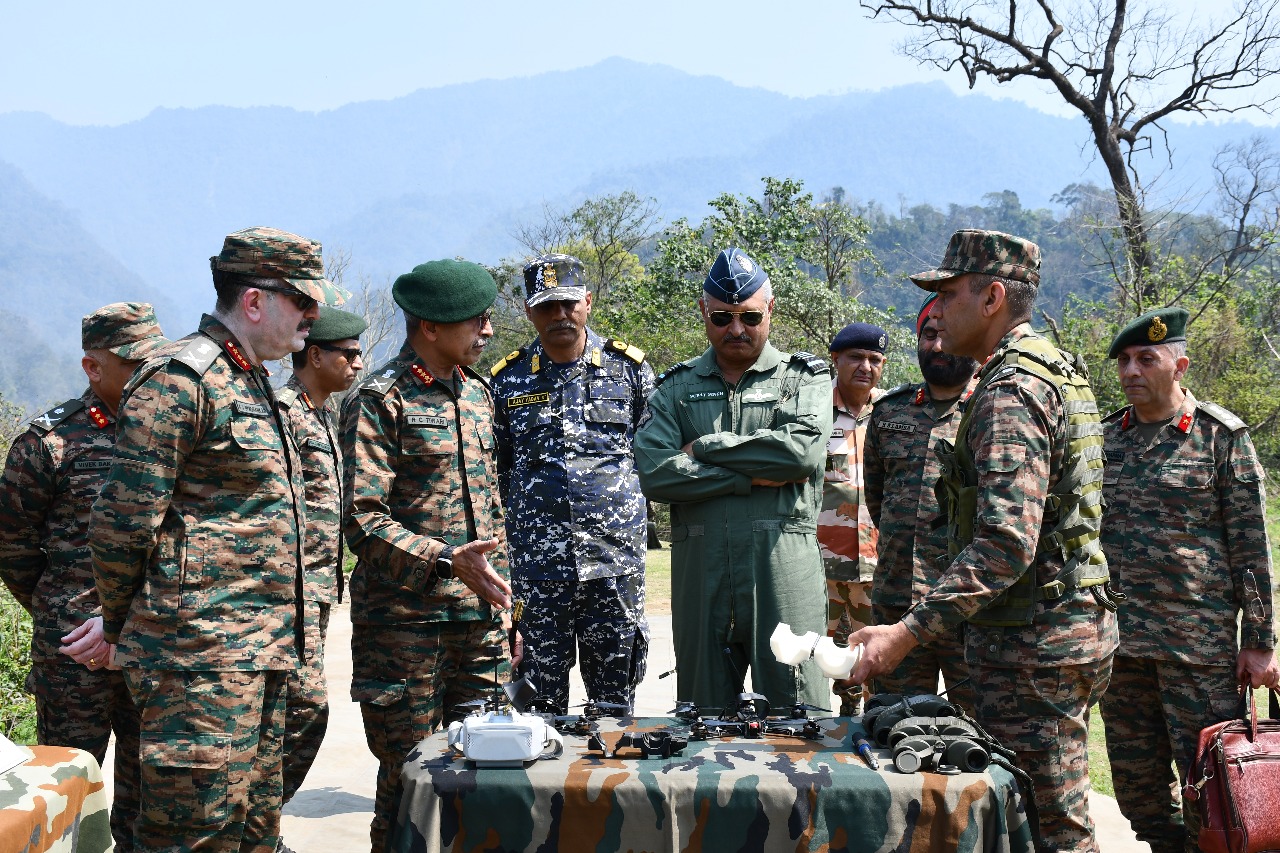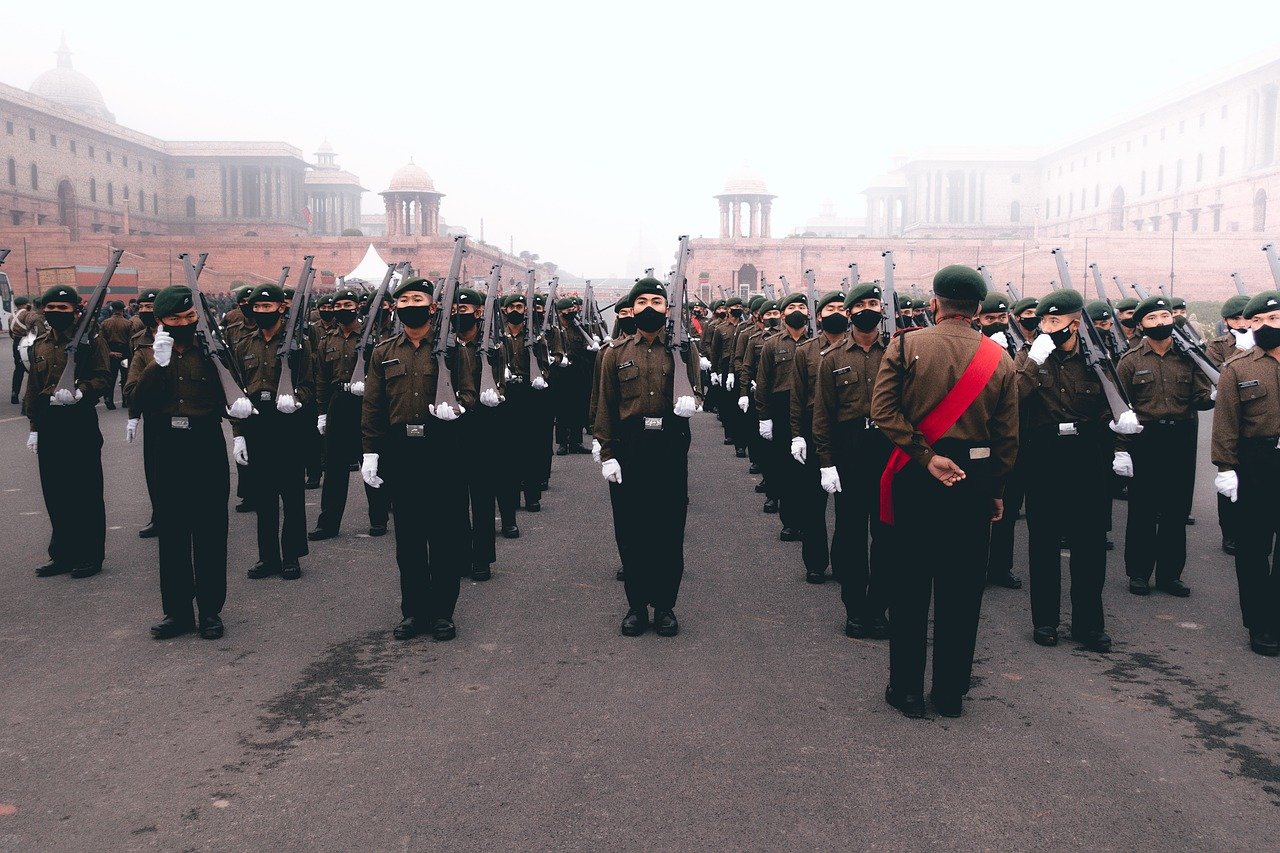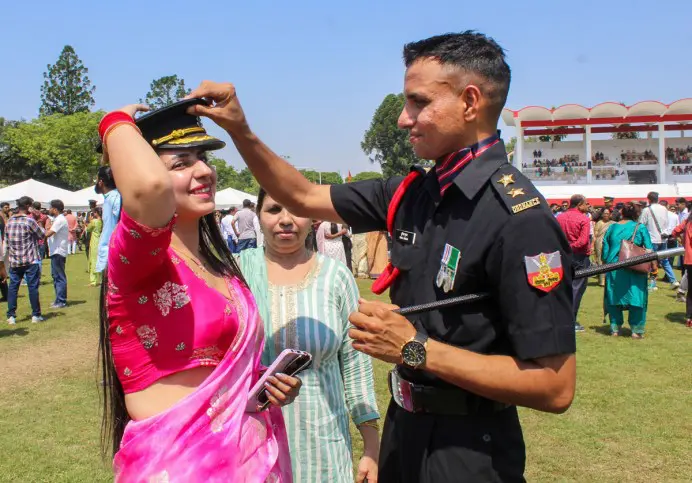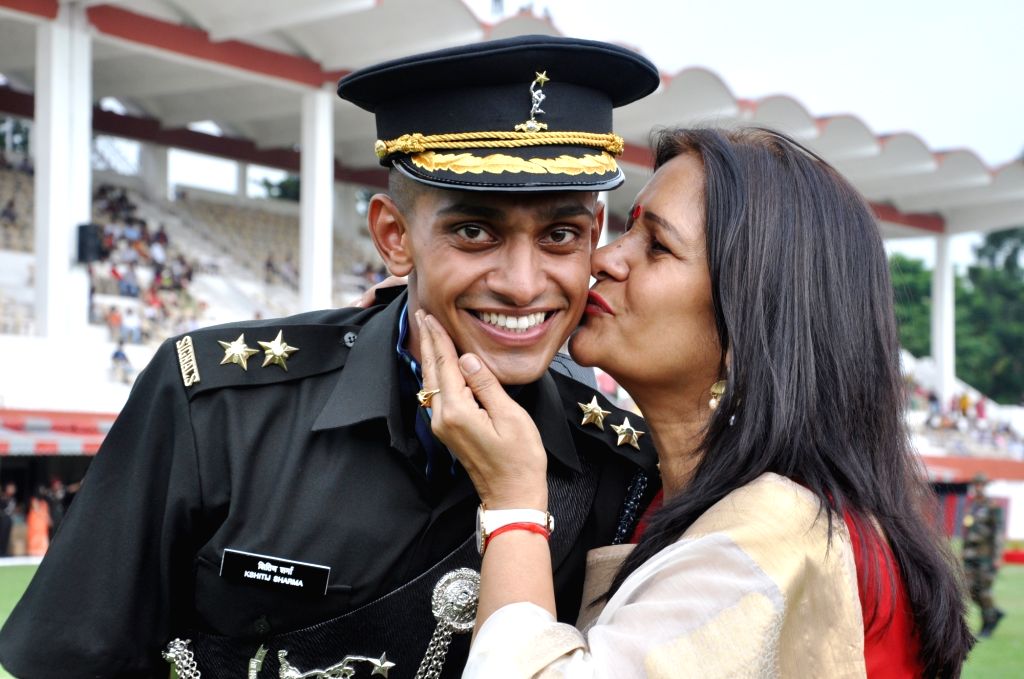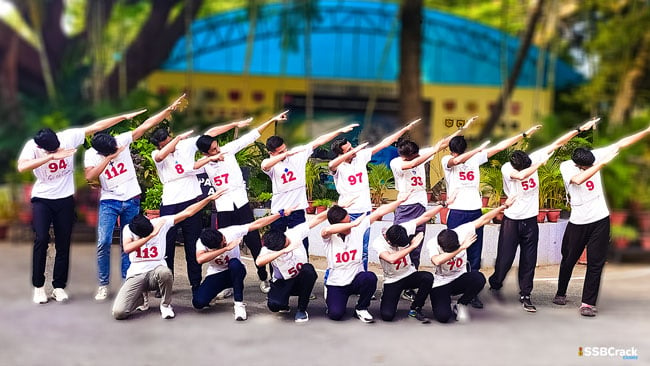Prime Minister Narendra Modi announced the creation of the much-awaited Chief of Defence Staff position, on the country’s 73rd Independence Day. The appointment will create a single point of contact for all matters on defence and will serve to bolster inter-services cooperation ensuring operational synergy. The Kargil review committee first recommended the need for Tri-services chief in 2000. With the green light finally given to the appointment, here are three things you must know about the CDS position!
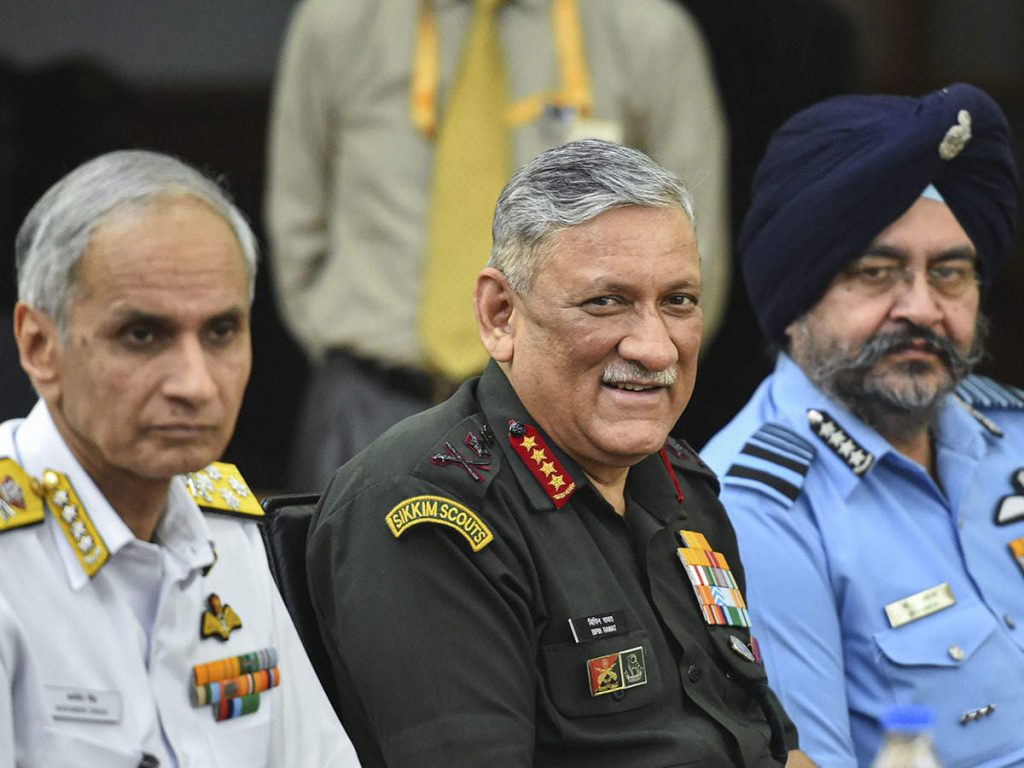
1) Recommended two decades ago due to security lapses in Kargil:
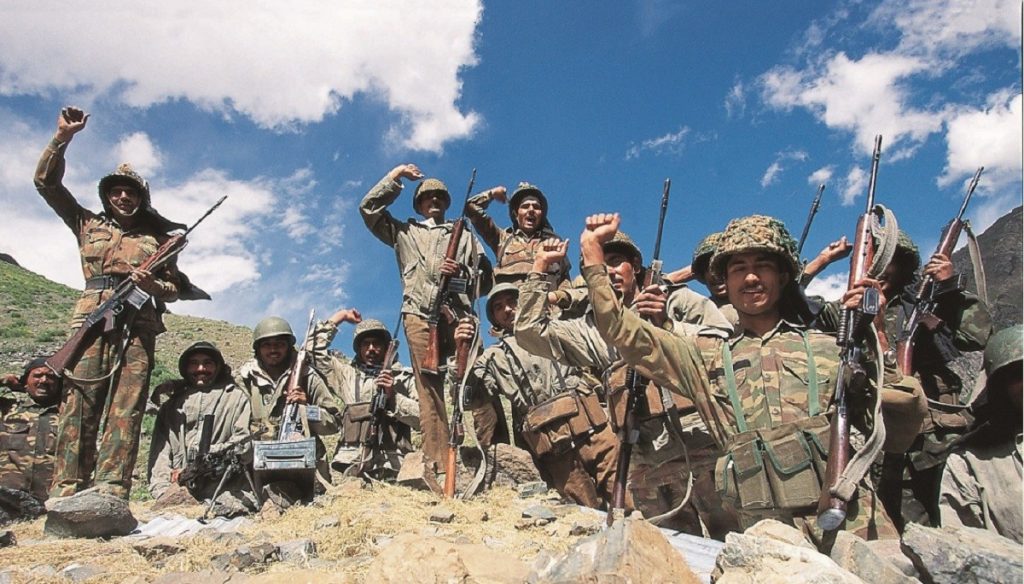
Following significant lapses in security which led up to such a large-scale intrusion by the Pakistan army in 1999, the government was prompted to set up the Kargil Review Committee in 2000, to analyse how things went so wrong and suggest recommendations. The KRC cited the lack of synergy as a critical failure in the Kargil conflict and recommended the creation of the Chief of Defence Staff two decades ago.
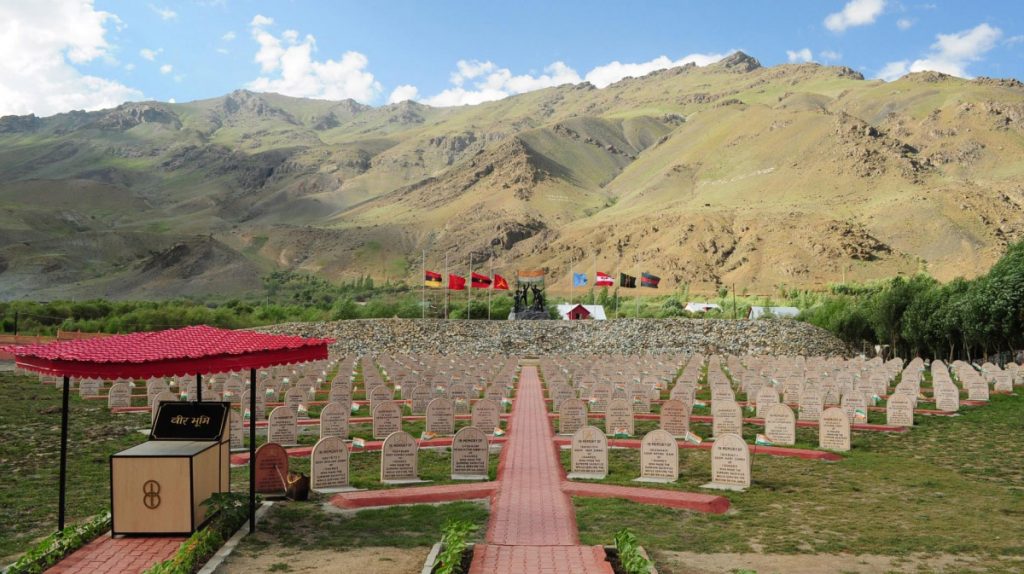

2) Reservations from the bureaucracy:
The recommendation was not adhered to as it faced stiff resistance from the bureaucracy, civilian leadership and from a few within the military. Resistance from the administration resulted in the creation of the Integrated Defence Staff (IDS) as a compromise.
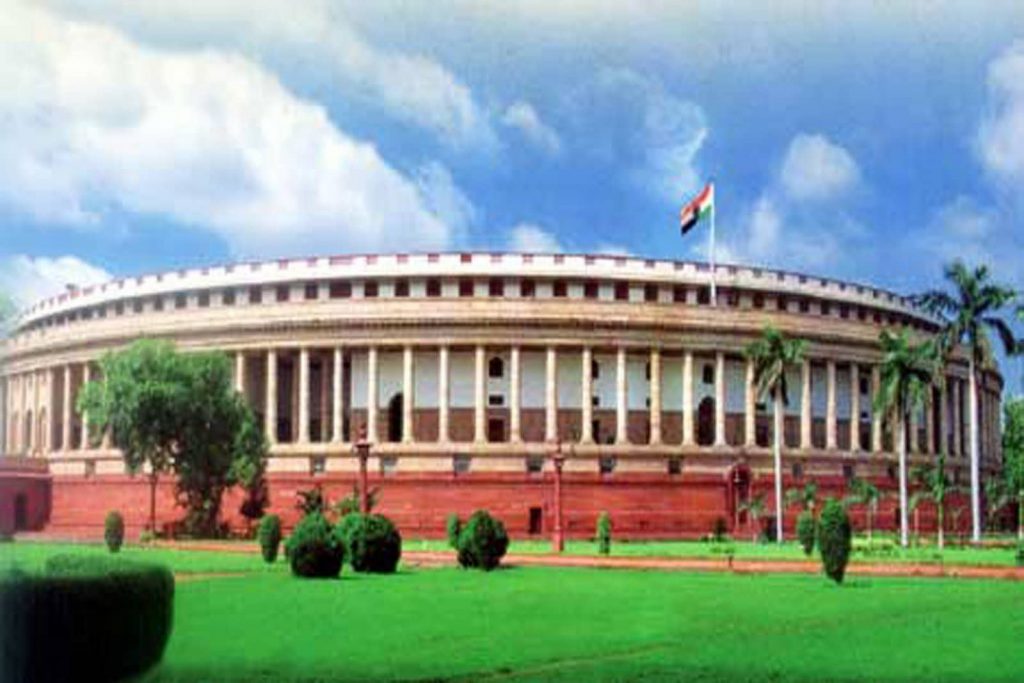
The role of the IDS was to assist the chairman of the chief of staff committee (Chairman CoCS), and is widely considered by many in the military, and strategic community to be a toothless position, many whom have routinely commented on the issue. This appointment is considered to be a first among equals and cannot give direction to other arms of defence forces than the one the persons heads.
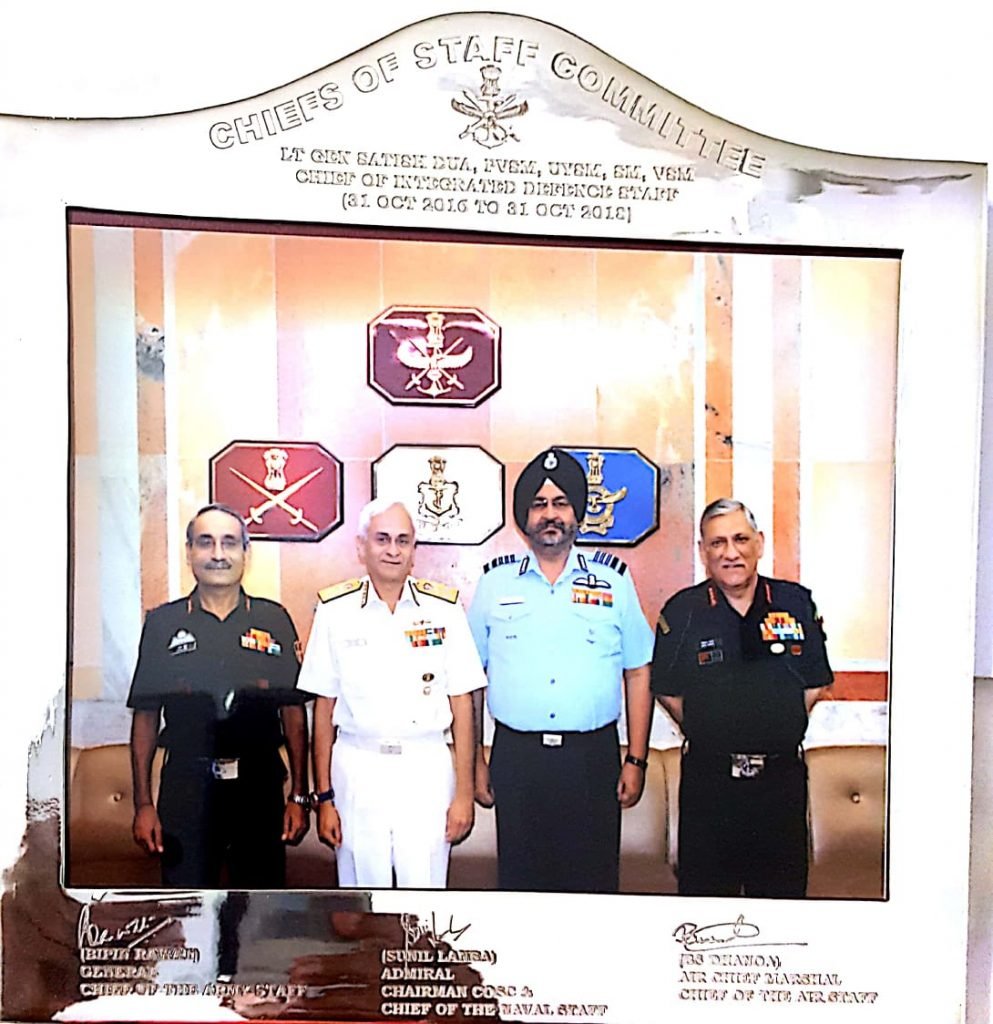
3) Armed Forces have lacked synergy for the longest time:
It is an open secret that the three-armed forces; Army, Navy and Airforce lack synergy! Operating independent service commands instead of the theatre command system used by other robust democracies. A Theatre command means that all three arms of the military would work under a unified command – modelled after the CDS at the central level.
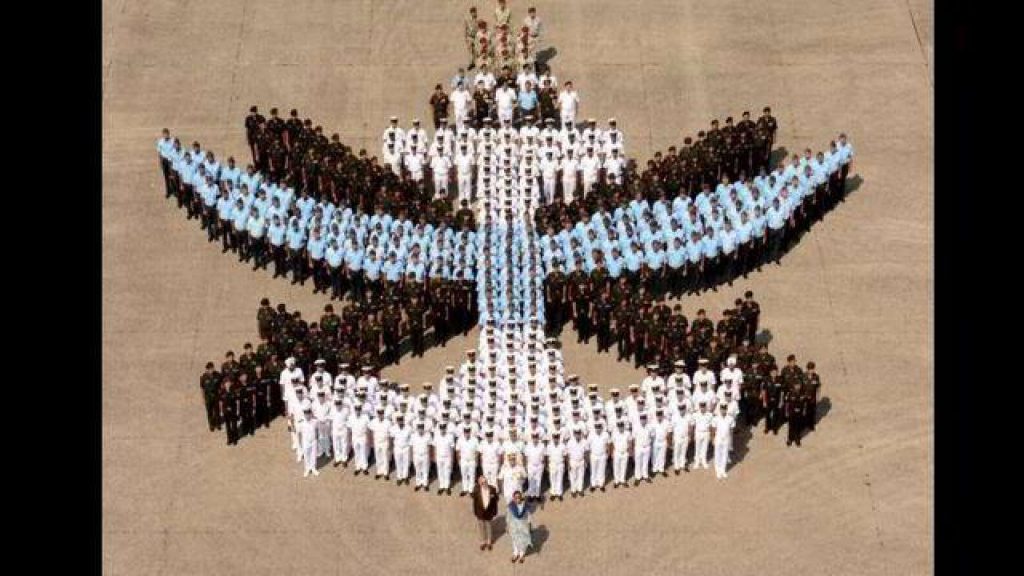
As aforementioned, India does not follow such a structure, unlike other powerful militaries, despite demands for such among senior military men and strategic experts. It follows a single-service command structure with the Indian forces having 19 commands – six of the Indian Army, three of the Indian Navy, seven of the Indian Air Force, one tri-service command at Andaman and Nicobar Islands and the Strategic Forces Command (SFC).
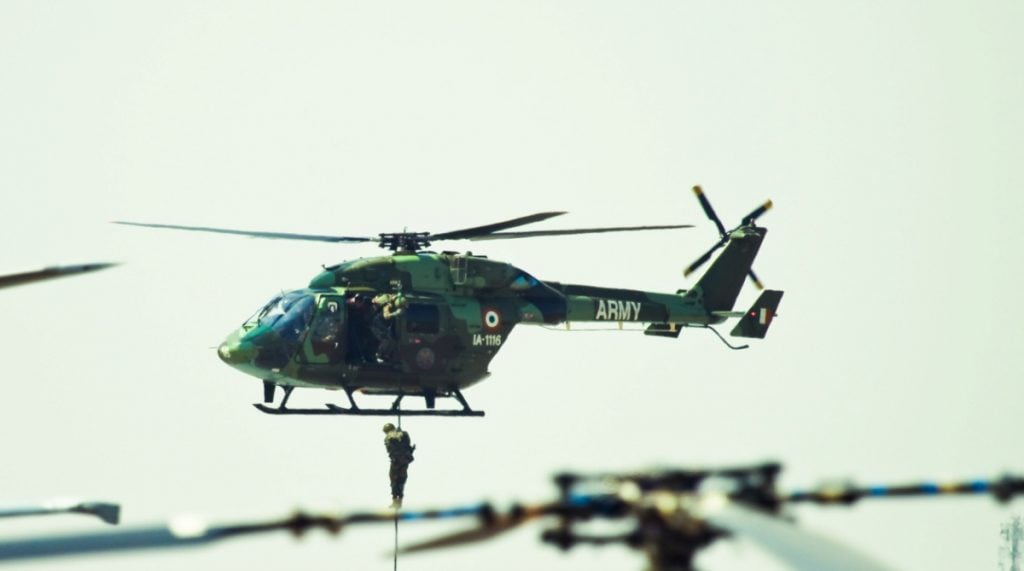
Each of these commands reports through separate chains to their respective chiefs, who as mentioned, are not known for best of coordination. Take another example. All three forces have separate Eastern, Western and Southern commands. Army and air force also have Central and South-Western commands. Same name, same regions, different headquarters and at times diverging strategies, this has and continues to prevent seamless performance in the times of conflict or war.
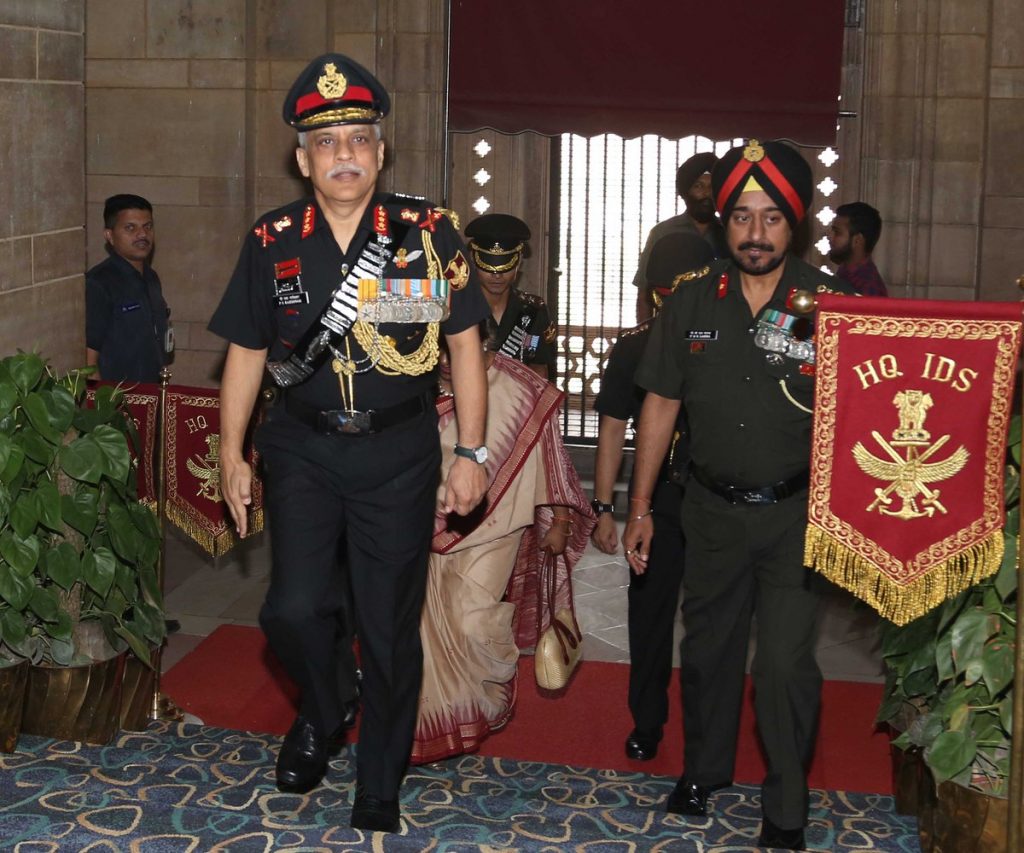
So, the CDS, when appointed, will be the overall commander-in-chief, and his command shall flow to individual theatre commanders. Given India’s long and porous land borders with varying topography, and two major seaboards, coupled with hostile adversaries in the countries immediate neighborhood, a “theatre” system of tri-service command is best suited for the optimum management of both external and internal security challenges.
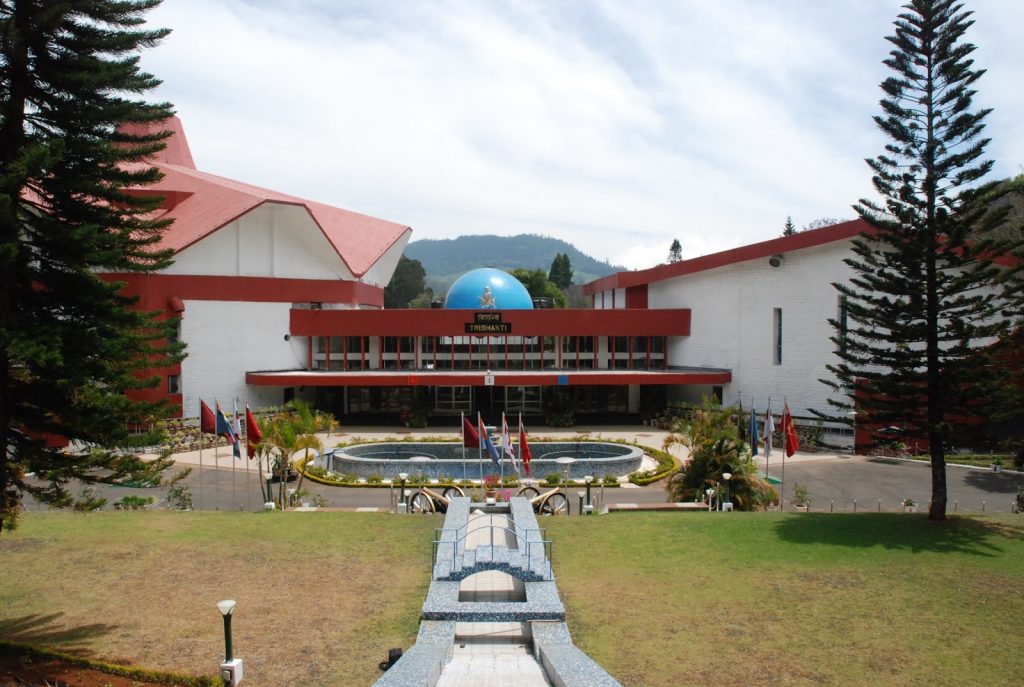
Frequently the clashing egos of the top brass leads to devasting results in the lives and serving conditions of the men and women doing the legwork. After all, success in modern war hinges on the formulation of a joint military strategy and its collective and integrated execution. Therefore, the need for a single point military advice for India’s civilian political masters cannot be overemphasised.
4) Highest Defence Appointment:
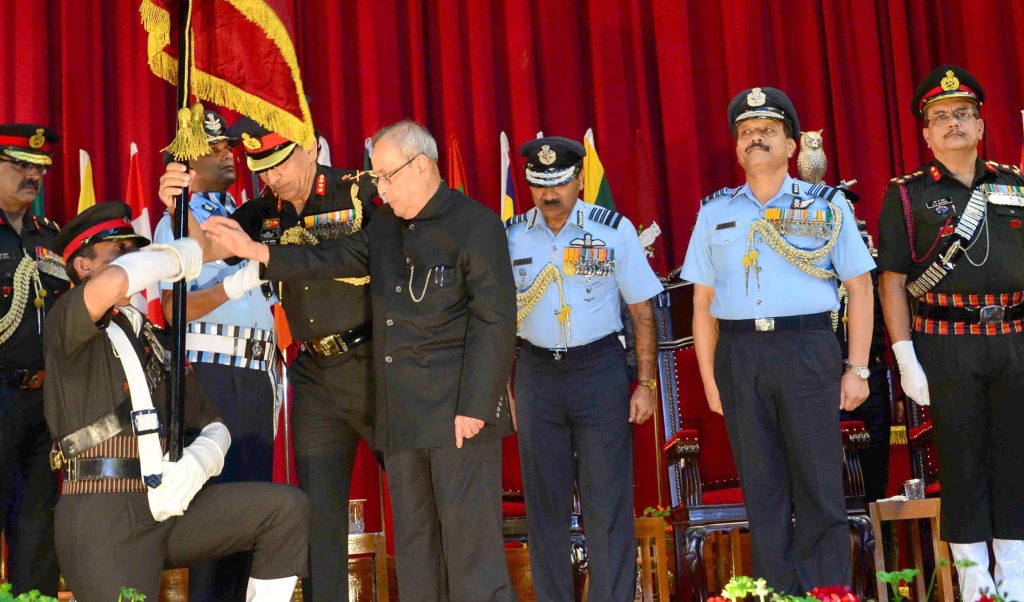
While it is still unclear whether the post will be headed by a five-star officer as initially recommended by the Kargil Review Committee or a four-star general, which is at present the highest rank a defence services officer can reach, the selection of Chief of Defence Staff (CDS) will create the most senior position in the Indian Armed forces, heading all three services.
5) Army Chief General Bipin Rawat frontrunner:
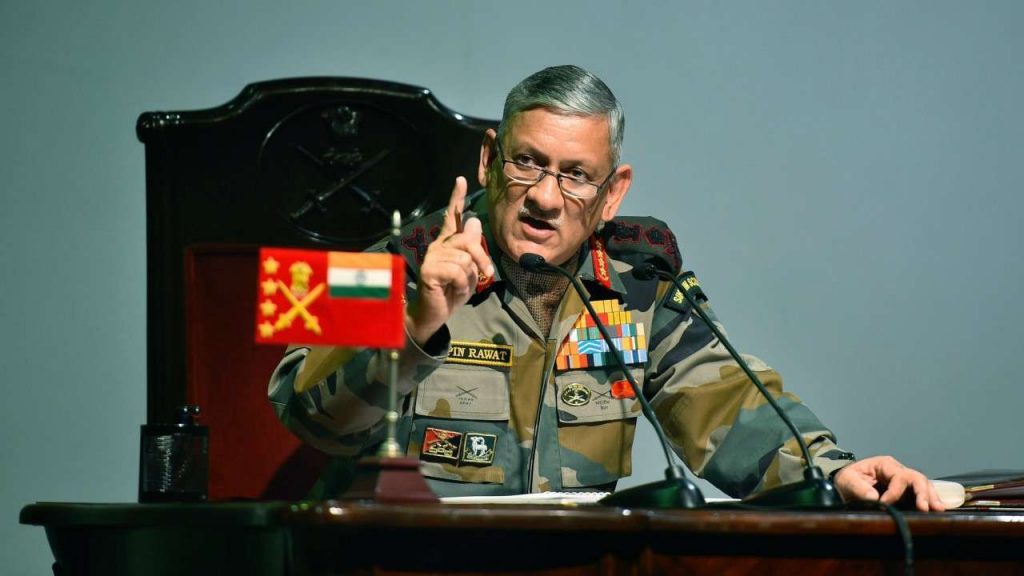
Chief of Army Staff (COAS) General Bipin Rawat is the frontrunner for the prestigious military appointment. General Rawat in his tenure as army chief has led a successful clandestine operation against Pakistan based terror group Jaishe-e-Mohammed (J-e-M) and has been proactive about several issues plaguing the Indian army, such as posting grievances on social media, stone pelting and the proportionate use of force, treating stone pelters as terrorists, announcing several reforms during his term as Army Chief such as the implementation of integrated Battle groups to restructure the Army, enhancing its tail to teeth ratio.
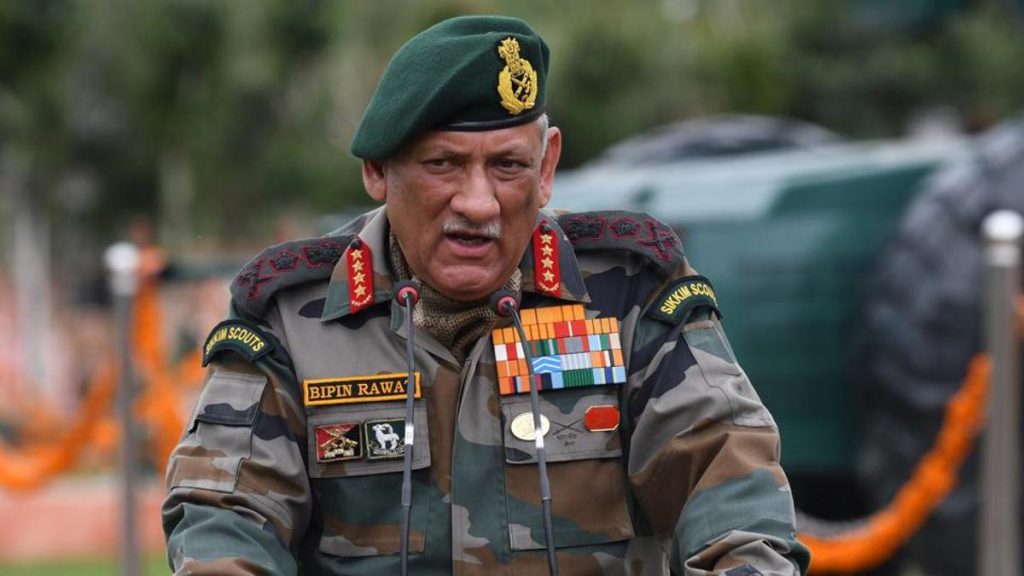
The creation of the Chief of Defence Staff will bolster India’s defence capabilities allowing the forces to deal with the evolving nature of threats.

